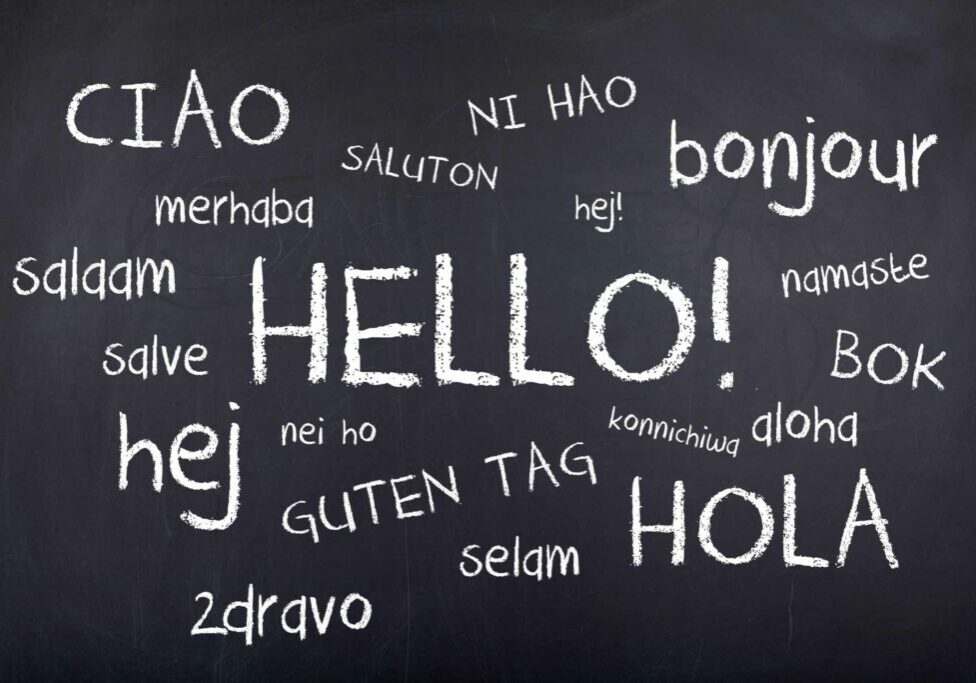By Tina Sardano
As an educator in bilingual education for almost 30 years, I have seen a tremendous amount of change in this field. For the most part, the students and their needs have stayed the same, however the educational expectations have far exceeded what was required all those years ago.
During all this time, I have also noticed a sharp decline in the number of certified bilingual/English as a second language (ESL) teachers even though the demand for these educators is increasing at a rapid pace because of the new influx of students from Central America and higher exit-criteria with the ACCESS testing. (Note: ACCESS is a test that is given to students from kindergarten to Grade 12 to assess their progress in learning English.)
One reason I feel this situation has come about is the need to have to “go back” and get more certificates in order to teach these classes. I don’t believe that the lack of teachers who speak another language, especially Spanish, is a large problem. I have worked with many bilingual teachers who are excellent educators but who lack the certification credentials to stay in the program.
There are emergency certificates that are given to these teachers; however, they come with a shelf life and require more classes, time, and large sums of money to achieve a permanent certificate. I realize that many districts reimburse their teachers for the cost of the college credits, but for some districts, the money runs out in their budgets and the teachers must wait to get the reimbursement. Most first-year teachers already have huge amounts of student loan debt, adding more to the debt to get another certification is not a selling factor for anyone to teach in bilingual/ESL education.
If universities in New Jersey were to adopt an undergraduate program for bilingual/ESL education, prospective teachers could graduate with a dual degree in the same way that special education or early childhood education are paired with elementary education. In a district such as Lakewood, where the Hispanic population is over 85%, the students who graduate from our high school and wish to pursue a career in education, could come back to serve the community that once served them.
As with any offset of elementary education, bilingual/ESL education comes with its own ways to instruct English language learners (ELLs). Many people might think that bilingual education is just teaching the same content but in another language. ESL education might be viewed as just “assisting” the students with the work they receive in their general education classes or simply teaching vocabulary. But language acquisition comes with a multitiered approach. These classes can be part of the undergraduate level courses and not just post-grad certification classes.
After all these years, I still love teaching in bilingual education. Like any other form of education, it can be challenging and rewarding at the same time. Over time, I have seen many fantastic bilingual educators leave the program, mostly due to the fact that they need to get a post-graduate certification.
If bilingual/ESL education were to be considered an undergraduate degree, we could have more certified, qualified educators in these fields, have incentives for having our graduates to return to teach where they were taught, and most important, our ELLs would benefit the most by having teachers who stay in the field without a high turnover rate.
Tina Sardano is a fourth grade bilingual teacher at Ella G. Clarke Elementary School in Lakewood. She can be reached at tsardano@lakewoodpiners.org.
